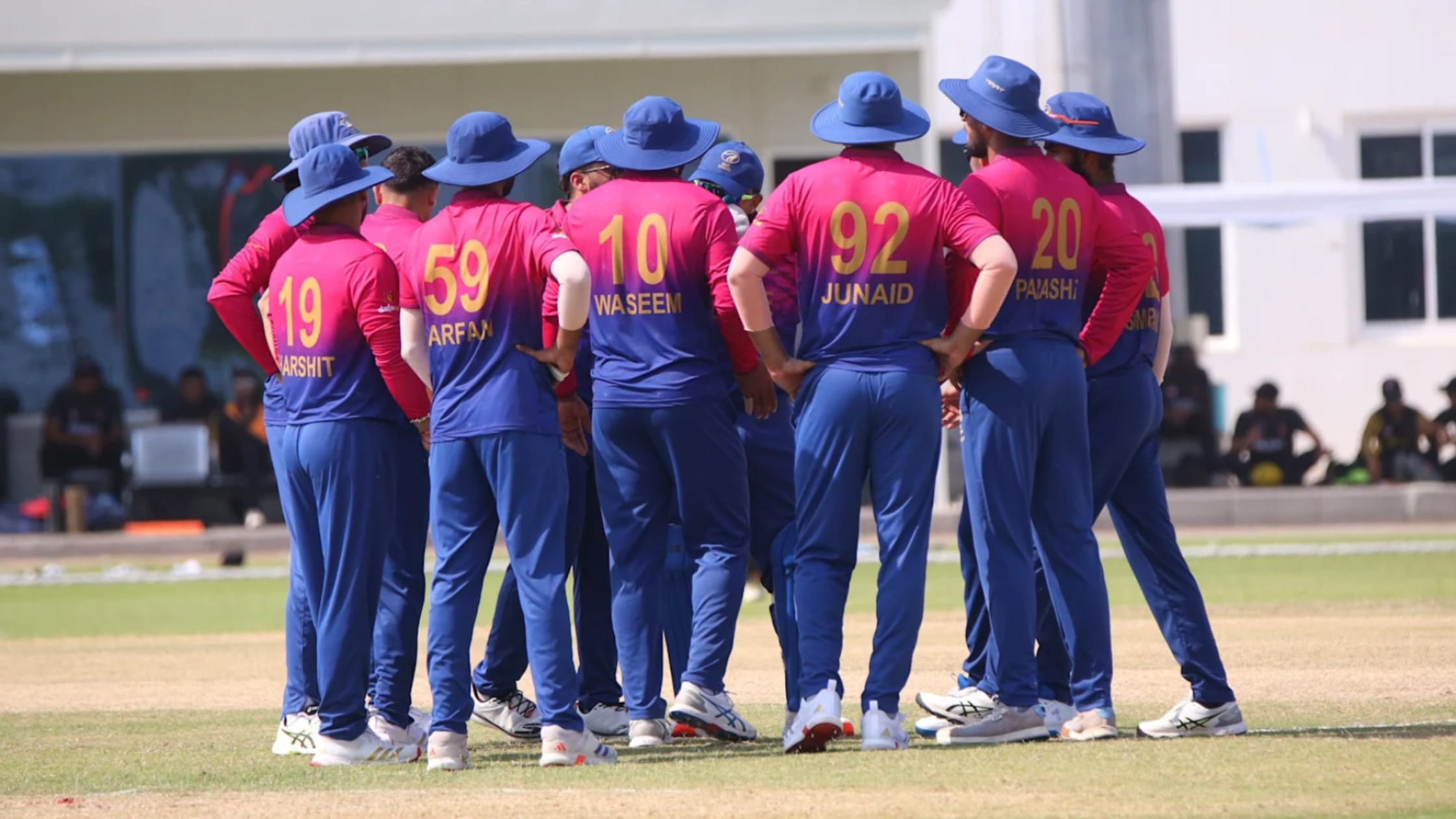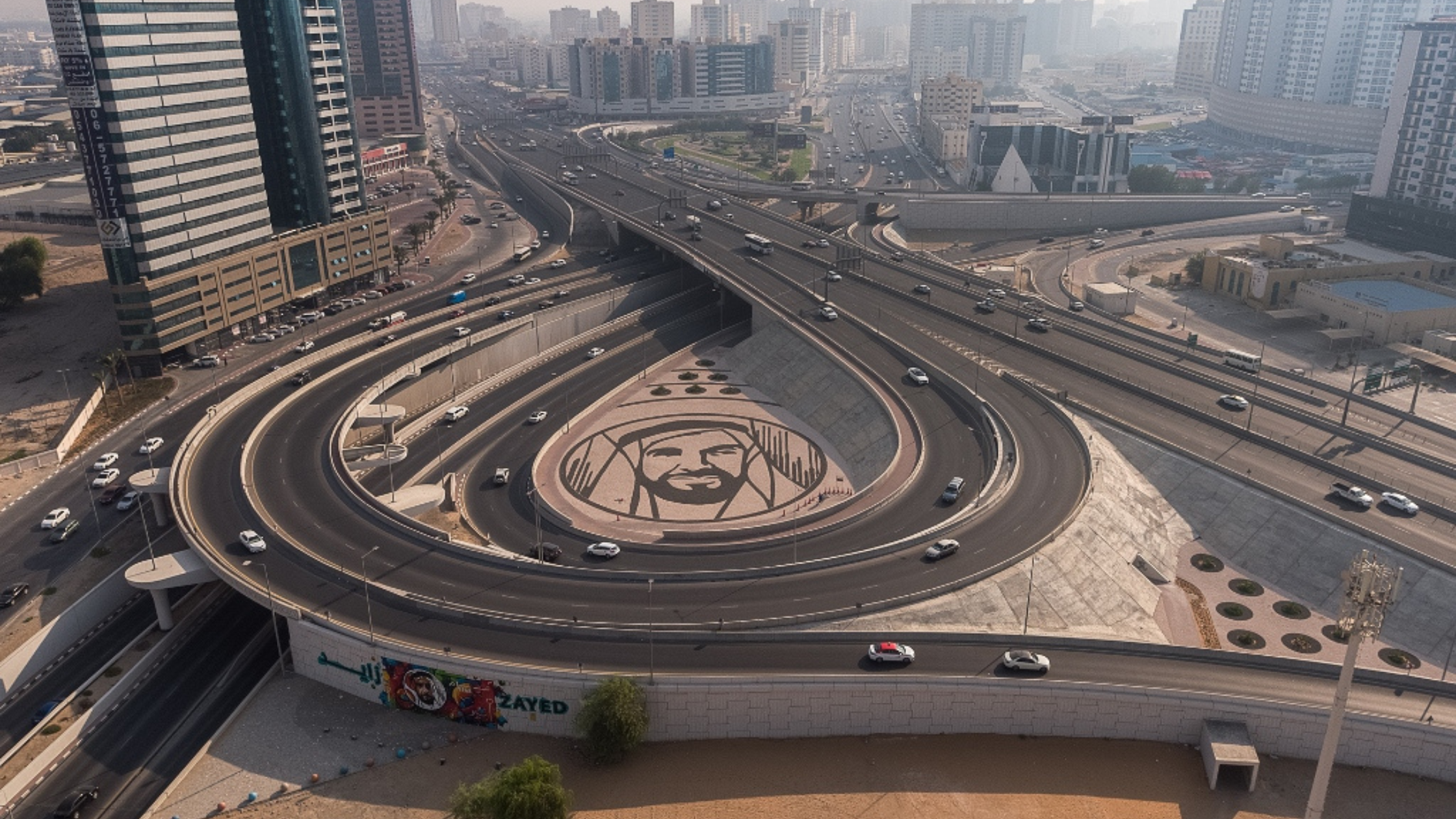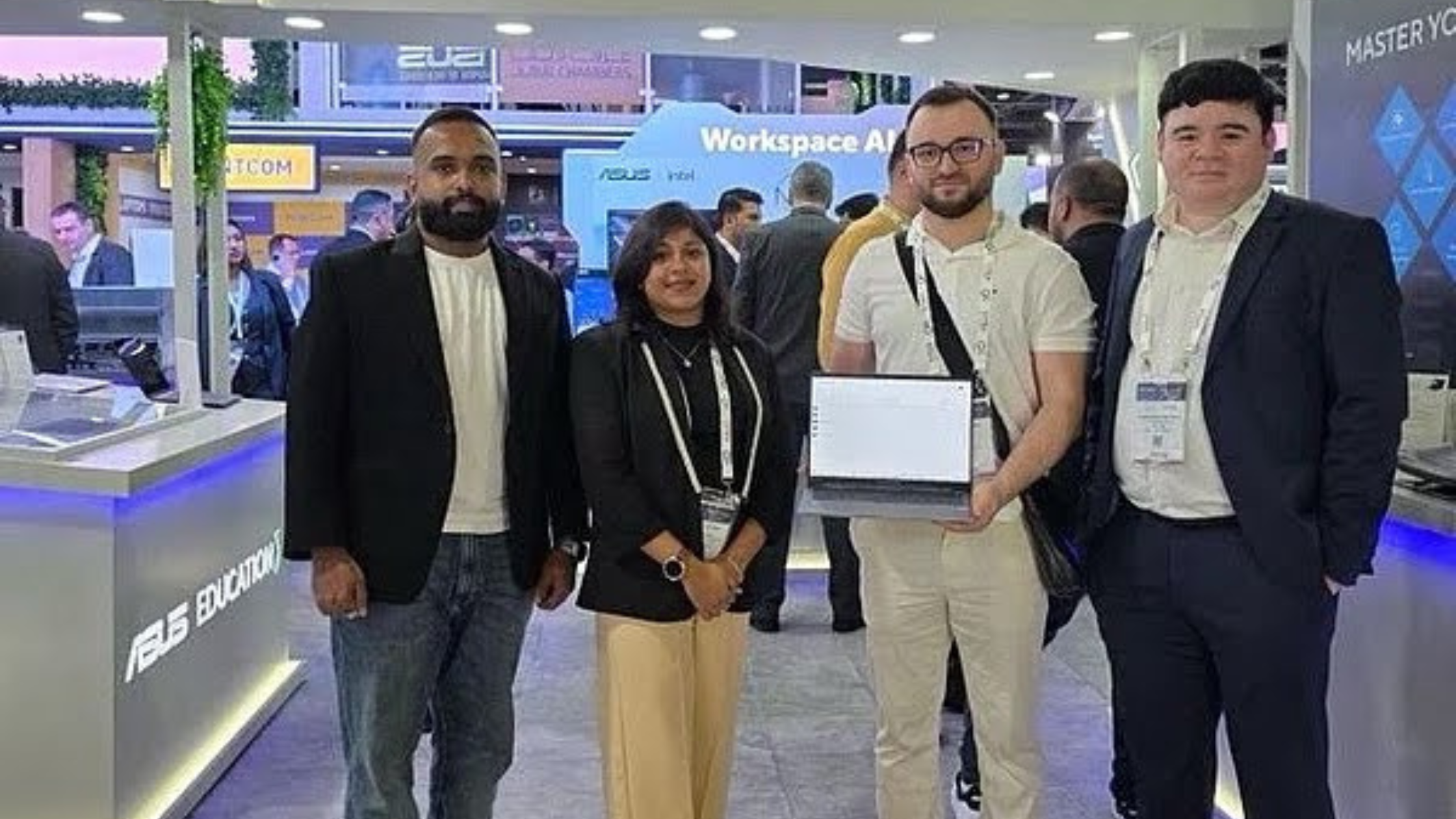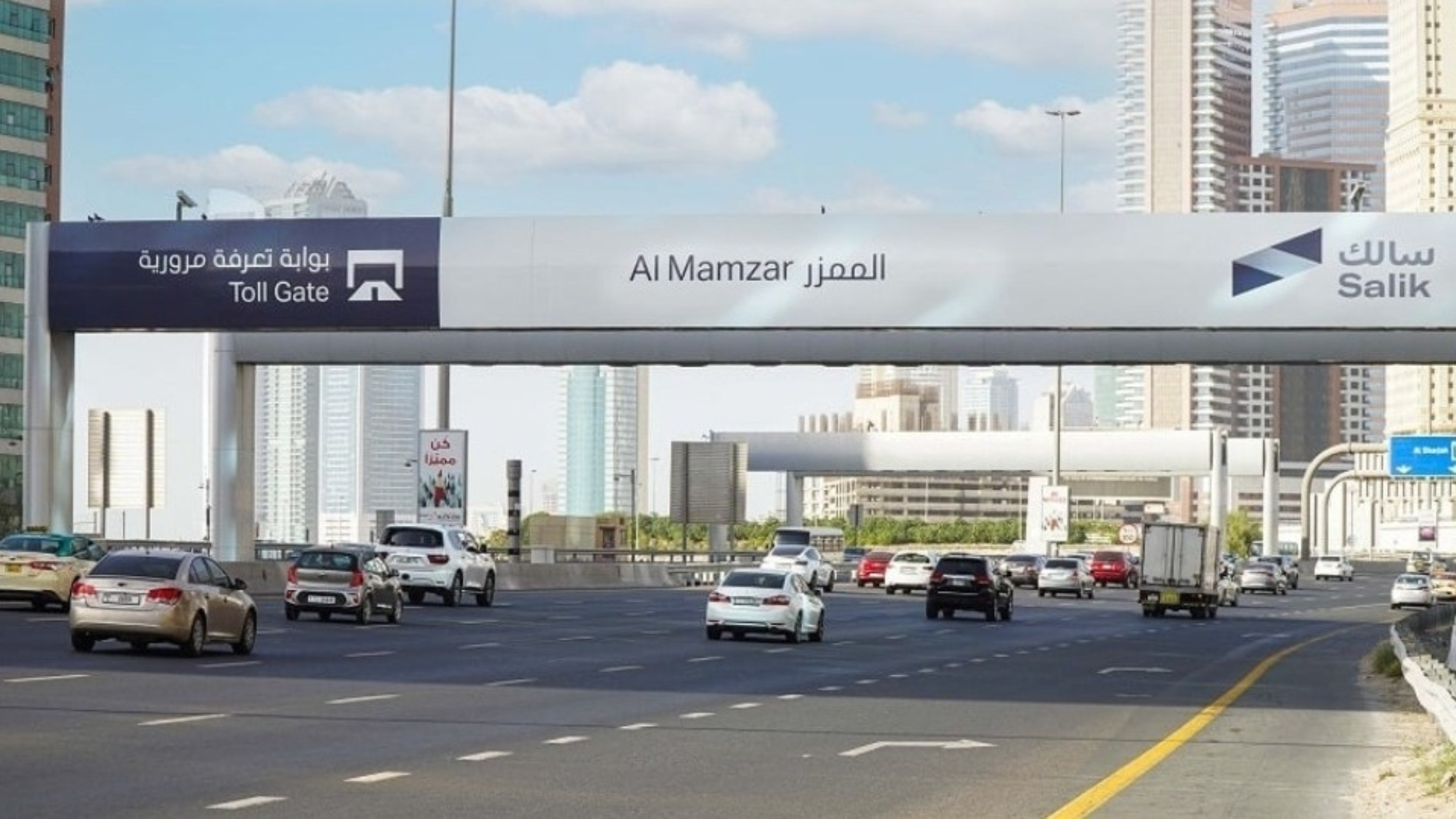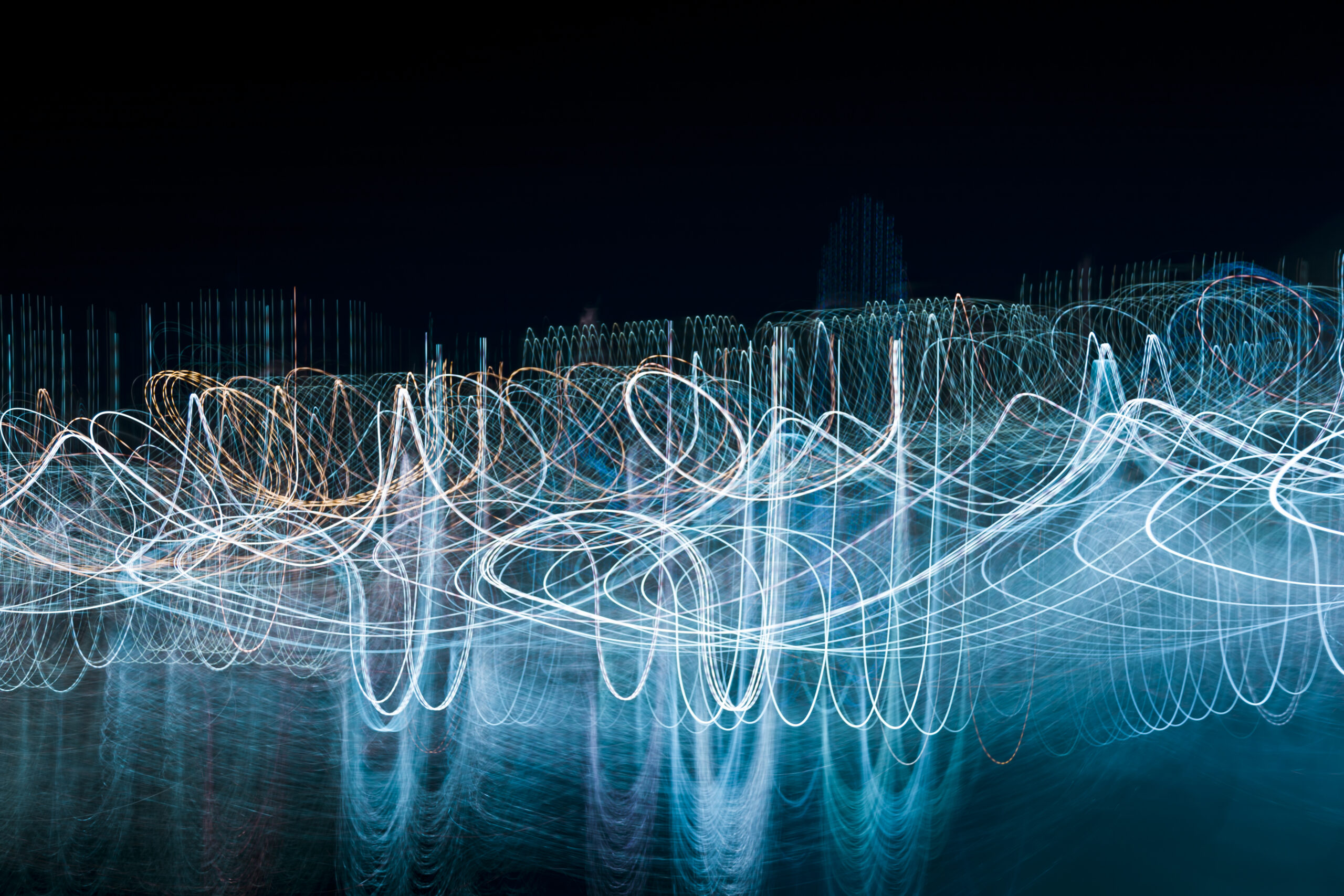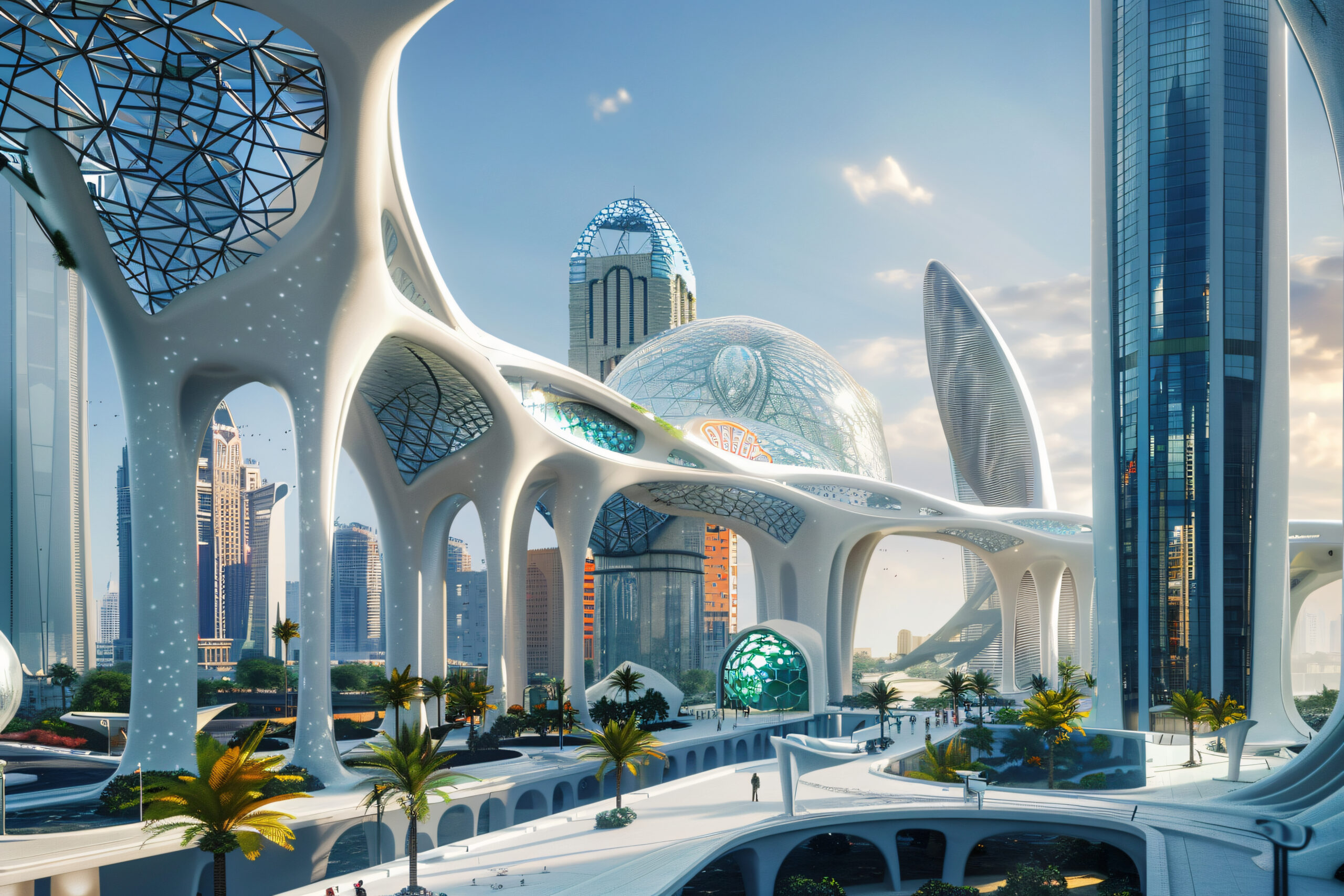Dubai RTA Adds Second Lane at Al Wasl–Umm Al Sheif
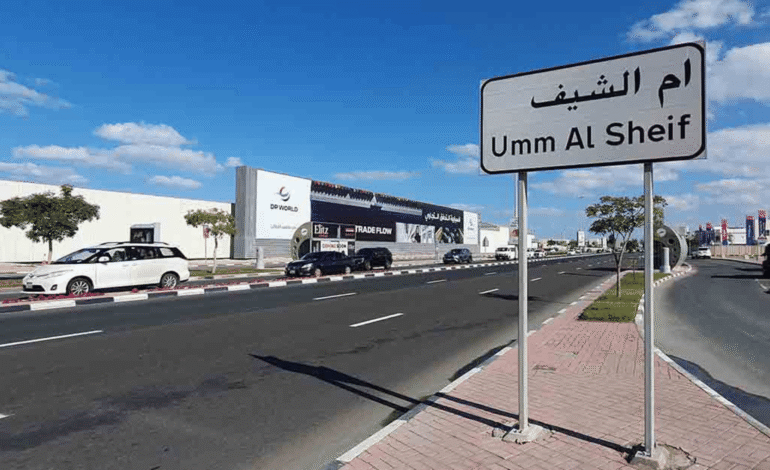
Drivers in Dubai who pass through the Al Wasl–Umm Al Sheif intersection every day know how crowded it can get. Long waits at the traffic light and heavy congestion often make the area a frustrating spot for commuters, parents dropping children to school, and residents moving between neighbourhoods.
The Roads and Transport Authority (RTA) has confirmed a new improvement that promises relief. A second eastbound lane is being added to this busy intersection. According to RTA, the lane will reduce waiting times, cut traffic build-up, and make travel smoother for thousands of drivers daily.
This project is not a stand-alone effort. It is part of a larger road development strategy designed to keep up with Dubai’s rapid growth. Over the last few months, RTA has been quietly widening roads, changing signal timings, and upgrading routes in several areas facing similar congestion issues.
Why the Upgrade Matters
The Al Wasl–Umm Al Sheif intersection is more than just a busy crossing. It connects residential areas, schools, shopping centres, and commercial hubs. Every morning and evening, the junction sees a heavy mix of local residents, parents driving children, and workers commuting to offices.
Traffic at this point has often been described as a “choke zone.” The new second lane will help vehicles clear the intersection faster. With reduced waiting times, fuel consumption and emissions from idling vehicles will also go down, adding an environmental benefit to the project. Part of a Bigger Plan
The RTA’s vision goes beyond just one junction. The authority has started a massive redevelopment of Al Wasl Road, a project that stretches 15 kilometres between Umm Suqeim Street and 2nd December Street.
Some of the major changes planned include:
- Expanding the road from two to three lanes in both directions.
- Increasing the vehicle capacity from 8,000 to 12,000 cars per hour.
- Upgrading six intersections: Al Thanya, Al Manara, Umm Al Sheif, Umm Amara, Al Orouba, and Al Safa.
- Building five new tunnels with a total length of almost 4 kilometres.
Once complete, these improvements are expected to cut travel times by more than half. What now takes over nine minutes will be reduced to less than three minutes.
A Closer Look at the New Tunnels
The tunnel system is one of the most exciting parts of this project. Each tunnel has been designed to handle traffic at specific intersections:
- Al Manara Tunnel: Three lanes, handling around 4,500 vehicles every hour.
- Umm Al Sheif Tunnel: Two lanes, handling about 3,200 vehicles every hour.
- Umm Amara Tunnel: Four lanes (two in each direction), moving 6,400 vehicles every hour.
- Al Orouba Tunnel: Two lanes, with capacity for 1,400 vehicles every hour.
- Al Safa Tunnel: Four lanes (two in each direction), carrying up to 6,400 vehicles every hour.
These tunnels will separate local traffic from through traffic, making journeys smoother and avoiding the long queues that often form at traffic lights.
Benefits for Umm Suqeim and Beyond
The Umm Suqeim corridor, which connects several key areas, is also getting a major upgrade as part of the RTA’s plan.
Here’s what drivers can expect:
- Road capacity will increase from 12,000 to 16,000 vehicles per hour.
- Travel times will fall from 20 minutes to just 6 minutes.
- Four new bridges and three additional tunnels will be built.
- Key connections will be improved with Sheikh Zayed Road, Al Khail Road, and First Al Khail Street.
This is a crucial part of the project because it supports areas that are home to more than two million residents. With new bridges, tunnels, and flyovers, movement between residential zones, beaches, hotels, and shopping areas will become much easier.
Community and Lifestyle Impact
The RTA has made it clear that this project is not just about moving cars faster. It is also about creating a better urban lifestyle.
Plans include:
- New cycling tracks and walking paths for healthier, eco-friendly mobility.
- Green spaces and boulevards to improve the look and feel of the area.
- Public spaces where residents and visitors can gather.
These additions make the project more than just an engineering upgrade. It is also an urban development project that fits Dubai’s vision of being a global, sustainable city. Direct Benefits of the Second Lane at Al Wasl–Umm Al Sheif
For drivers who use this route daily, the most immediate change will be the second eastbound lane.
Key benefits include:
- Faster travel times during peak morning and evening rush hours.
- Better safety with smoother traffic movement and fewer sudden stops.
- Less congestion at a known trouble spot.
- Improved access to nearby schools, residential communities, and retail hubs.
This targeted improvement at one intersection may seem small, but in reality, it will have a big impact on daily life for thousands of commuters.
Looking Ahead
Dubai’s growth has been fast and constant, with new neighbourhoods, schools, shopping malls, and business hubs coming up every year. With this growth comes the challenge of handling more vehicles and ensuring people can travel safely and quickly.
The RTA’s latest projects, starting with the second lane at Al Wasl–Umm Al Sheif, are a step towards building a city that works for both residents and visitors. By combining modern infrastructure, smart traffic planning, and community-focused design, Dubai is showing the world how to prepare for the future of urban living.

